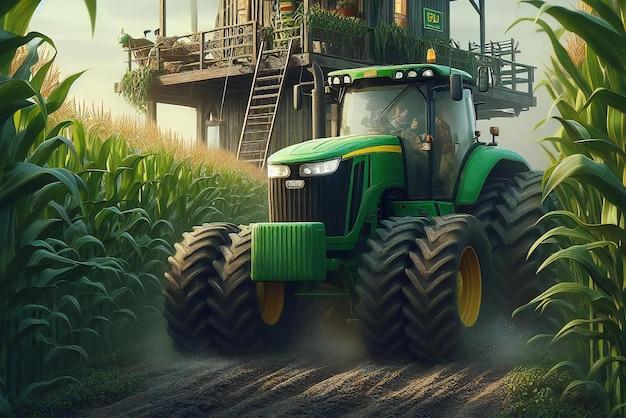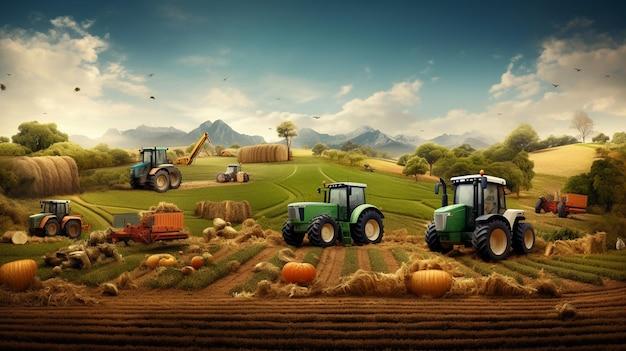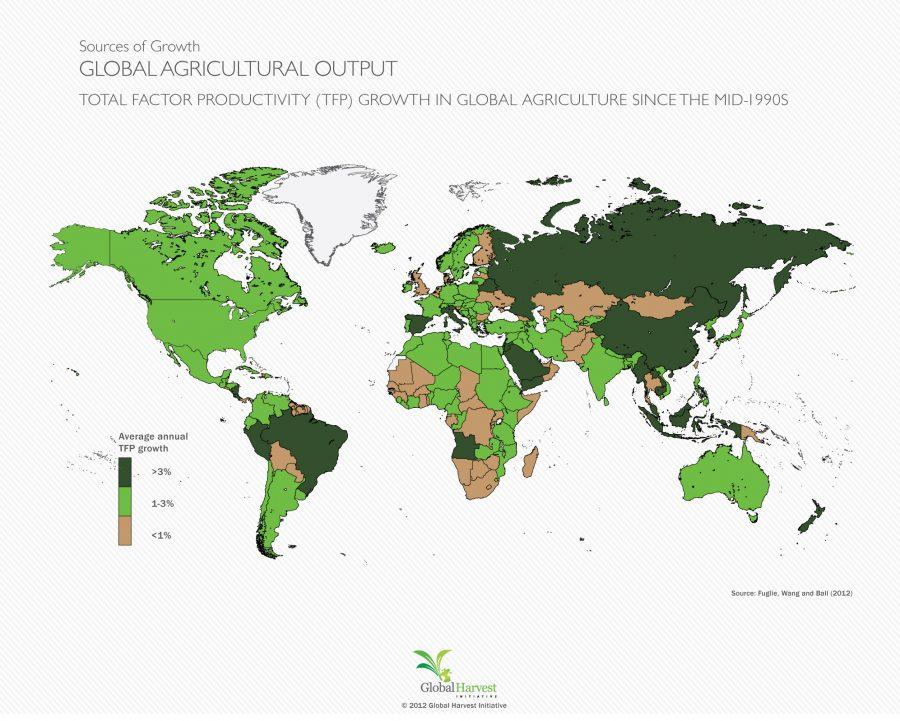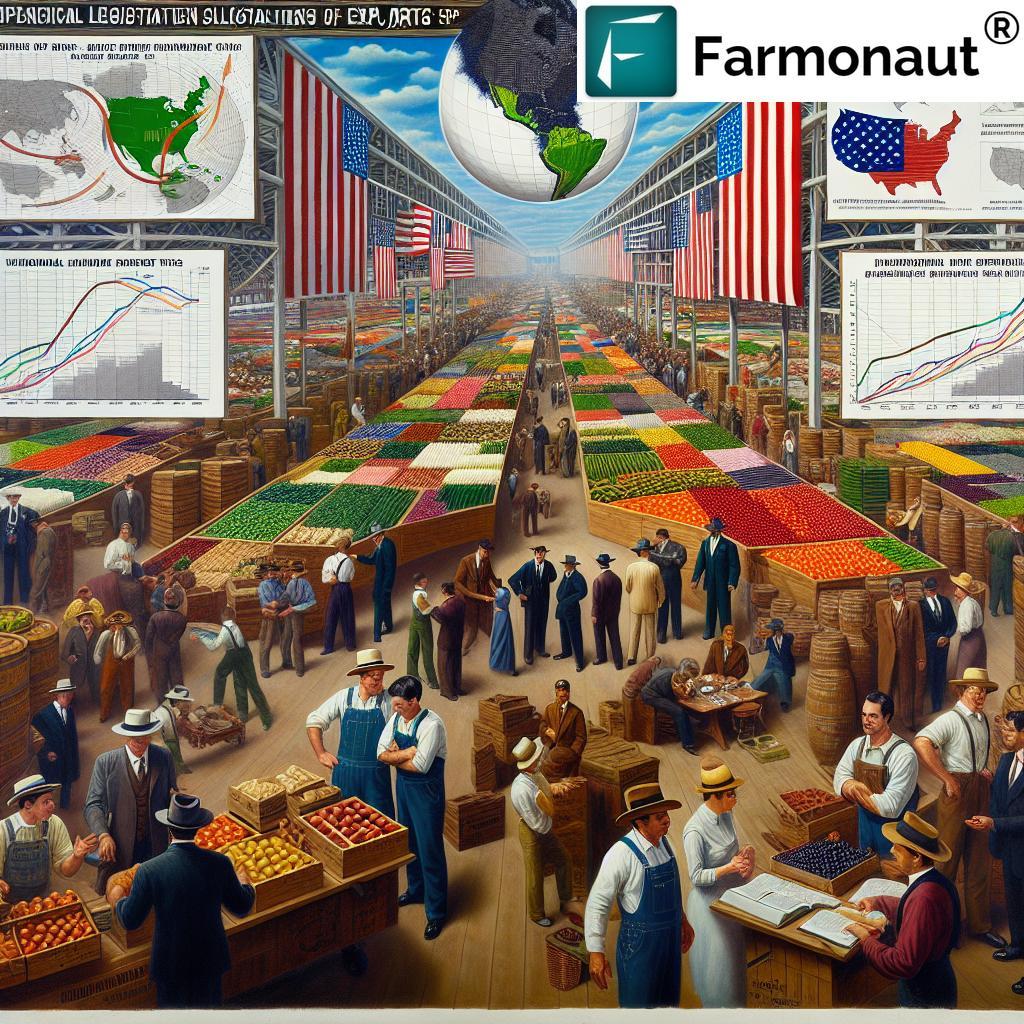The global farm tractor market continues to demonstrate robust growth, with industry analysts projecting sales to reach $110 billion by 2032. This significant expansion reflects increasing mechanization in agriculture, rising food demand, and technological advancements in farming equipment. As both developed and developing nations embrace modern farming practices, the tractor industry stands at a pivotal point of conversion, driven by automation, precision agriculture, and enduring farming requirements. The agricultural machinery sector is experiencing unprecedented growth, with farm tractor sales emerging as a pivotal contributor to market expansion. Industry analysts project ample growth over the next decade, driven by increasing mechanization in developing economies and technological advancements in established markets.
key factors fueling this market trajectory include rising labor costs, growing food demand, and the adoption of precision farming techniques. farmers worldwide are increasingly investing in modern equipment to optimize operations and improve productivity, making tractors an essential component of contemporary agriculture.
Asia-Pacific regions, particularly India and China, are expected to dominate market growth, accounting for approximately 40% of global sales. These countries’ agricultural modernization initiatives, coupled with government subsidies and favorable lending terms, are encouraging farmers to transition from traditional methods to mechanized farming.
north America and Europe continue to demonstrate strong demand for advanced tractors equipped with smart technologies. Features like GPS guidance, automated steering, and precision application systems are becoming standard offerings, reflecting the industry’s shift toward digital agriculture.
Electric and autonomous tractors are gaining traction, with major manufacturers investing heavily in research and advancement. These innovations address environmental concerns while promising reduced operational costs and enhanced efficiency. Market leaders are introducing hybrid models as stepping stones toward fully electric solutions, particularly appealing to environmentally conscious farmers.
Compact tractors are witnessing increased demand in developed markets, driven by small-scale farming operations and hobby farmers. Meanwhile, high-horsepower tractors maintain steady growth in commercial farming sectors, especially in regions focused on large-scale crop production.
The aftermarket and service segment is evolving alongside new tractor sales, with manufacturers expanding their digital service platforms and predictive maintenance capabilities. This complete approach to customer support is becoming a significant differentiator in the competitive landscape.
Supply chain resilience has emerged as a critical focus following recent global disruptions. Manufacturers are diversifying their supplier networks and investing in regional production facilities to ensure steady market supply and reduce delivery times.Financial services and flexible purchasing options are playing crucial roles in market expansion. Leasing programs and pay-per-use models are making modern tractors more accessible to small and medium-sized farms, particularly in emerging markets.
Market consolidation continues through strategic partnerships and acquisitions, as companies seek to strengthen their technological capabilities and geographic presence. This trend is expected to persist, possibly reshaping the competitive landscape over the forecast period.
The integration of Internet of Things (iot) technologies and data analytics is enhancing tractor functionality, enabling real-time monitoring and optimization of farming operations. This technological evolution is attracting new customer segments and creating additional revenue streams for manufacturers through subscription-based services and data management solutions.








